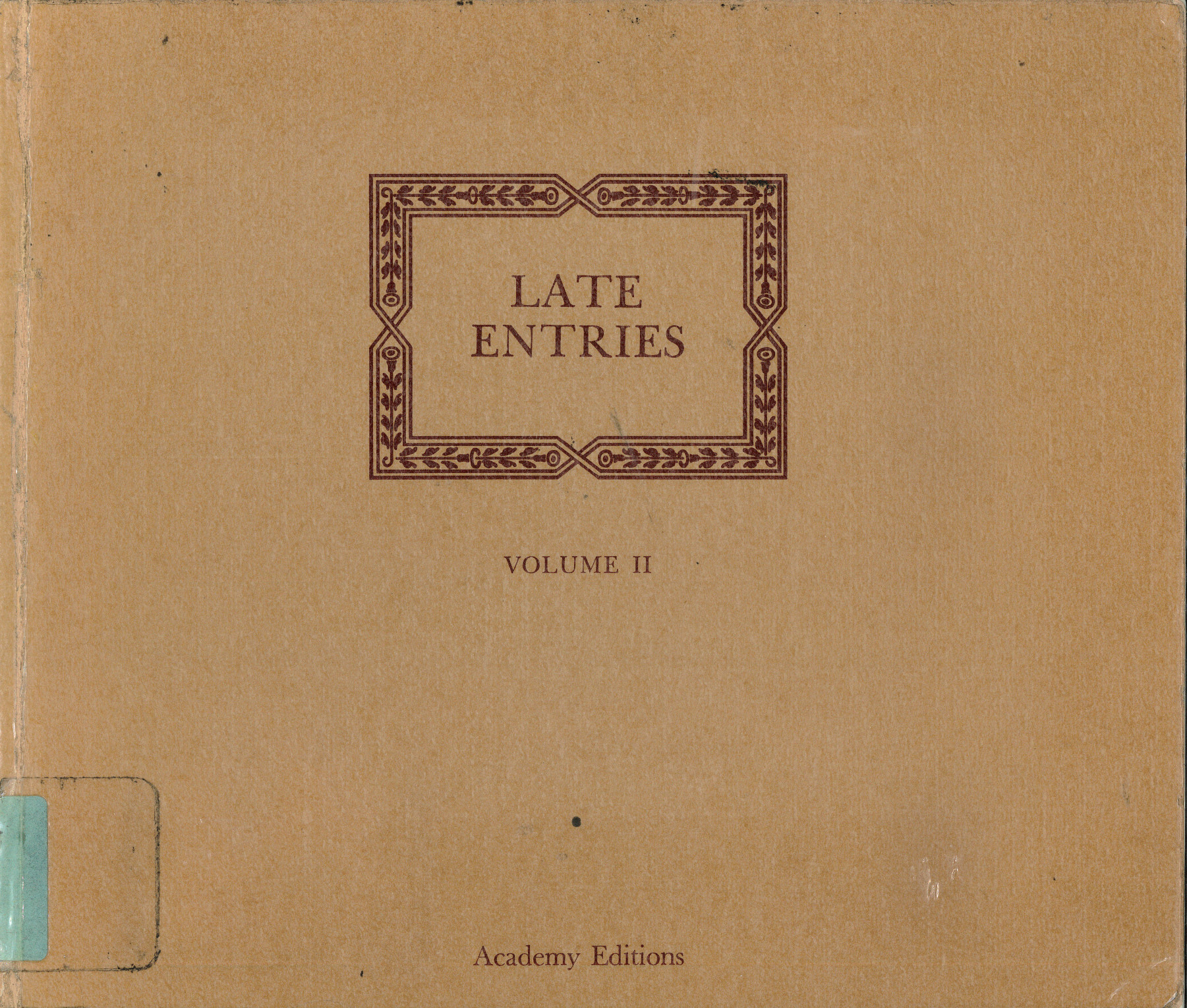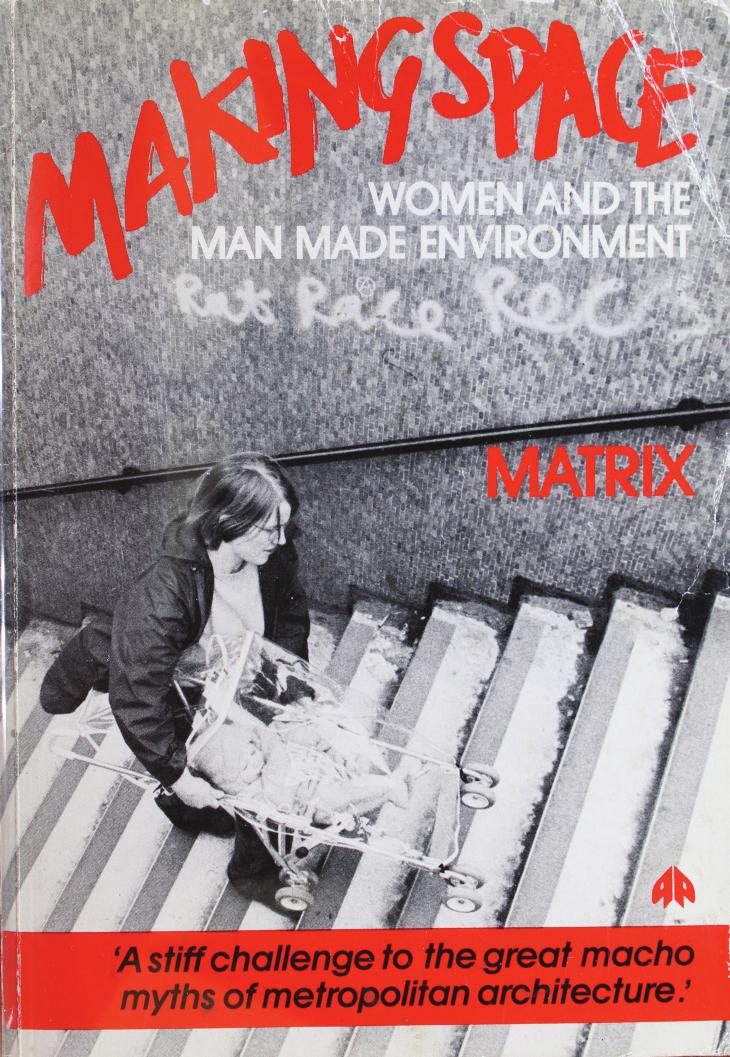Tribune Tower Competition, 2 vols. (1923/1980)
Filed under book | Tags: · architecture, avant-garde, skyscraper


In 1922, 75th anniversary of the Chicago Tribune, co-publishers Robert R. McCormick and Joseph M. Patterson announced a design contest for the newspaper’s new quarters in hopes of creating an architectural representation of the radical philosophies held by the editors. The competition was thought to represent the contemporaneous state of architecture and has always been regarded as a milestone of American architecture and a point of first contacts with interwar European avant-gardes. The contestants, who came form all over the world, borrowed freely from the Greeks, Romans, the Middle Ages and the Renaissance.
The winner was a neo-Gothic design by New York architects John Mead Howells and Raymond Hood, with buttresses near the top. The entry that many perceived as the best, by the Finnish architect Eliel Saarinen, took second place. Saarinen’s tower was preferred by architects like Louis Sullivan, and was a strong influence on the next generation of skyscrapers including Raymond Hood’s own subsequent work on the McGraw-Hill Building and Rockefeller Center. The 1929 Gulf Building in Houston, Texas, designed by architects Alfred C. Finn, Kenneth Franzheim, and J. E. R. Carpenter, is a close realization of that Saarinen design. Other Tribune tower entries by figures like Walter Gropius, Bertram Goodhue, Bruno Taut, and Adolf Loos remain intriguing suggestions of what might have been, but perhaps not as intriguing as the one surmounted by Rushmore-like head of an American Indian. The book contains documentation of all 281 entries from 23 countries.
The 1980 counterpart to the Tribune competition was not intended as a competition at all, but as an exhibition of architects from all over the world. Unlike the original competition, this was an invitation only endeavor, and over 100 architects were invited. The exhibition, The Late Entries to the Chicago Tribune Competition, was an idea by architect Ben Weese further developed by architects Stanley Tigerman, Stuart E. Cohen and the owner of the Young Hoffman Gallery in Chicago, Rhona Hoffman. Participants were asked to present a point of view or theoretical position, as well as represent a cross-section of progressive western thought. The outcome was that the styles, media, colors and intentions ranged greatly. Submissions to Late Entries did not limit themselves to functional buildings, but also to metaphorical and imaginary designs, and included designs by Tadao Ando, Frank Gehry, Helmut Jahn, Gaetano Pesce, Bernard Tschumi, Lebbeus Woods and many others.
Volume 1 first published as The International Competition for a New Administrative Building for the Chicago Tribune, MCMXXII: Containing All the Designs Submitted in Response to the Chicago Tribune’s $100,000 Offer Commemorating Its Seventy Fifth Anniversary, June 10, 1922, Tribune Company, 1923.
Volume 2 by Stanley Tigerman; with an Introduction by Stuart E. Cohen; and Critical Essays by George Baird, Juan Pablo Bonta, Charles Jecks, Vincent Scully and Norris Kelly Smith.
Publisher Academy Editions, London, 1980
189 & 113 pages
via aldo coffee
Commentary: Paul Gapp (Chicago Tribune, 1980).
Wikipedia
Volume 1 (1923/1980, 222 MB)
Late Entries (Volume 2) (1980, 104 MB, pages 64-79 missing)
Forensic Architecture (ed.): Forensis: The Architecture of Public Truth (2014)
Filed under book | Tags: · aesthetics, architecture, art, forensics, image, law, politics, theory, war

“Forensics originated from the term ‘forensis’ which is Latin for ‘pertaining to the forum.’ The Roman forum was a multidimensional space of negotiation and truth-finding in which humans as well as objects participated in politics, law, and the economy. With the advent of modernity, forensics shifted to refer exclusively to the courts of law and to the use of medicine, and today as a science in service to the law. The present use of forensics, along with its popular representations have become increasingly central to the modes by which states police and govern their subjects.
By returning to forensis this book seeks to unlock forensics’ original potential as a political practice and reorient it. Inverting the direction of the forensic gaze it designates a field of action in which individuals and organizations detect and confront state violations.
The condition of forensis is one in which new technologies for mediating the “testimony” of material objects—bones, ruins, toxic substances, landscapes, and the contemporary medias in which they are captured and represented—are mobilized in order to engage with struggles for justice, systemic violence, and environmental transformations across the frontiers of contemporary conflict.
This book presents the work of the architects, artists, filmmakers, lawyers, and theorists who participated directly in the “Forensic Architecture” project in the Centre for Research Architecture at Goldsmiths University of London, as well as the work of associates and guests. It includes forensic investigations undertaken by the project and its collaborators aimed at producing new kinds of evidence for use by international prosecutorial teams, political organizations, NGOs, and the UN. It also brings together research and essays that situate contemporary forensic practices within broader political, historical, and aesthetic discourse.”
With contributions by Lawrence Abu Hamdan, Nabil Ahmed, Maayan Amir, Hisham Ashkar & Emily Dische-Becker, Ryan Bishop, Jacob Burns, Howard Caygill, Gabriel Cuéllar, Eitan Diamond, DAAR (Decolonizing Architecture Art Residency), Anselm Franke, Grupa Spomenik, Ayesha Hameed, Charles Heller, Helene Kazan, Thomas Keenan, Steffen Krämer, Adrian Lahoud, Armin Linke, Jonathan Littell, Modelling Kivalina, Model Court, Working Group Four Faces of Omarska, Gerald Nestler, Godofredo Pereira, Nicola Perugini, Alessandro Petti, Lorenzo Pezzani, Cesare P. Romano, Susan Schuppli, Francesco Sebregondi, Michael Sfard, Shela Sheikh, SITU Research, Caroline Sturdy Colls, John Palmesino & Ann Sofi Ronnskog / Territorial Agency, Paulo Tavares, Füsun Türetken, Robert Jan van Pelt, Srdjan Jovanovic Weiss / NAO, Eyal Weizman, Ines Weizman, Chris Woods.
Publisher Sternberg Press, Berlin, and Forensic Architecture, London, 2014
ISBN 9783956790119, 3956790111
744 pages
Reviews: Léopold Lambert (The New Inquiry, 2014), Martin Howse (Mute, 2014), Gaston Gordillo (Society and Space, 2015), John Beck (Radical Philosophy, 2015).
Exh. review: Harry Burke and Lucy Chinen (Rhizome, 2014).
Exhibition
Publisher
Publisher
WorldCat
PDF (22 MB, updated on 2021-1-6)
Comment (0)Matrix: Making Space: Women and the Man Made Environment (1984)
Filed under book | Tags: · architecture, feminism, urbanism, women

“One of the first moves of Matrix Feminist Design Co-operative set up in 1980 was to publish the book, where they explored the socio-political context of designing the built environment, and traced the implications of feminist theory and critique on urban design, such as the viewing of domestic work also as a form of labour. In the book they set out one of the fundamental guiding principles of their work, the idea that ‘because women are brought up differently in our society we have different experiences and needs in relation to the built environment’.” (Source)
Publisher Pluto Press, 1984
ISBN 0861046013, 9780861046010
ix+148 pages
via dubravka
Reviews: Ruth Madigan (Crit Soc Policy, 1985), Anne Gartner (Urban Policy and Research, 1985), Pleasantine Drake (Atlantis, 1988).
PDF (28 MB)
Comment (0)
